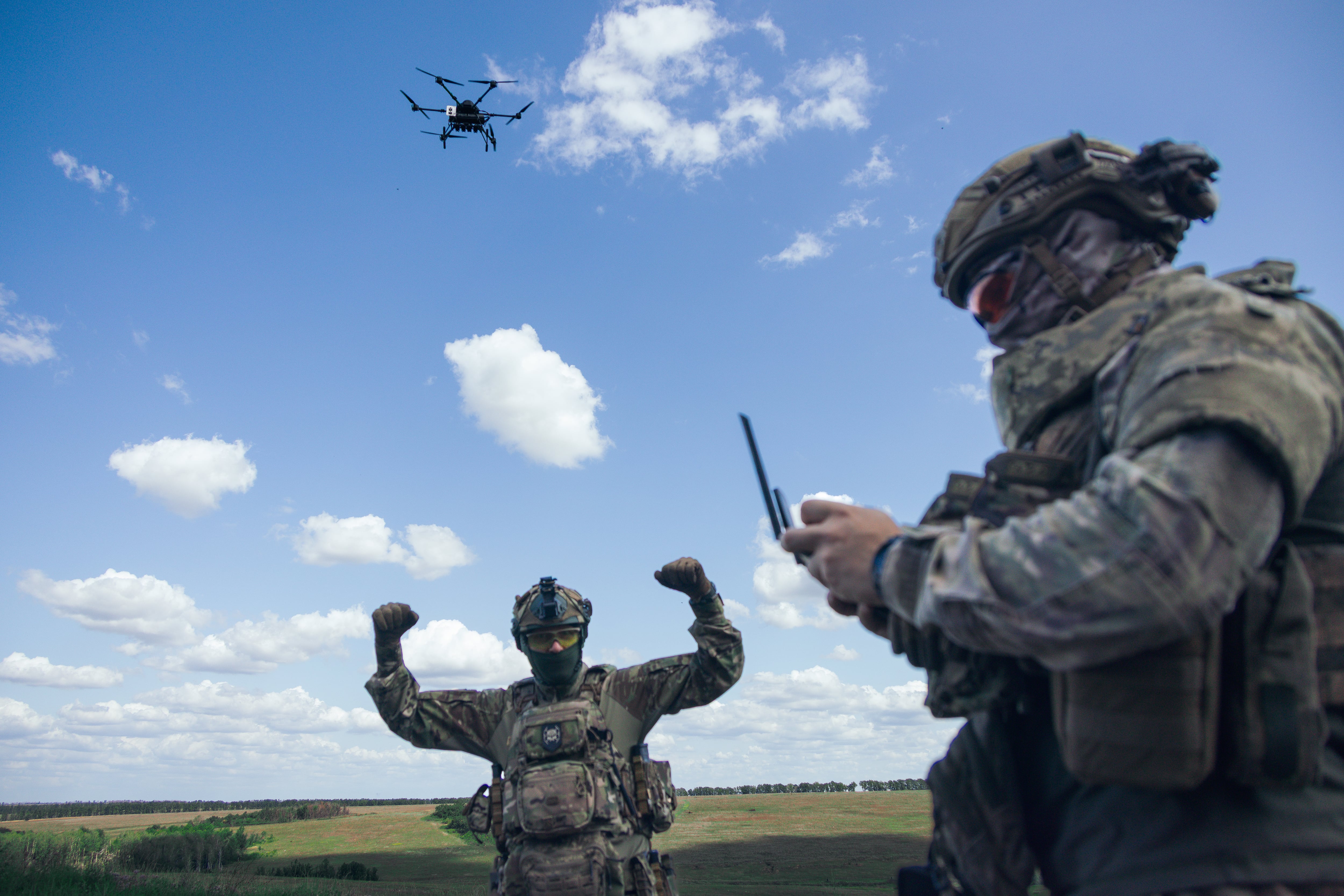The U.S. Air Force and the armed forces of Norway conducted a joint exercise on Sept. 3 which saw both allies cooperate seamlessly to send a ship to the bottom of the Norwegian Sea.
A B-2 Spirit stealth bomber of the 53rd Wing flew in cohesion with Royal Norwegian Air Force F-35s and Norwegian personnel to sink a surface vessel, using the U.S. Air Force’s QUICKSINK anti-ship weapon.
The QUICKSINK is a ship-killing munition that can destroy surface vessels immediately on impact using smart technology. A new 500-pound version tested earlier this year has expanded the targeting capabilities of the B-2 and its ability to deliver more rapid stealth strikes.
“We are very pleased that the Americans want to test such new weapons together with Norwegian forces,” Lt. Col. Vegard Finberg, head of communications for the Norwegian Armed Forces, told Military Times. “This shows that the United States prioritizes maintaining stability and security in the High North. Stability in the High North is important for Norwegian, European and American security.
“In addition to the operational contribution, Norway also provided the U.S. forces with access to infrastructure and airspace, making it possible to conduct the test in a demanding environment,” Finberg said.
During the exercise, Norwegian forces facilitated operational support for the B-2, which delivered the strikes and sunk the target. The B-2 previously demonstrated its striking power during Operation Midnight Hammer, which saw Iranian nuclear development facilities destroyed.
“This test is a clear example of how we work with trusted allies to bring new capabilities into play faster and smarter,” U.S. Air Force Col. Scott Gunn, 53rd Wing commander, said in a service release. “We’re not just preparing for tomorrow; we’re shaping it together.”
The test comes at a time when the Arctic is becoming an increasingly contested environment, in addition to China attempting to assert maritime dominance through a series of naval provocations, including with a series of recent incursions into U.S. Arctic territory.
“The exercise demonstrated how Norwegian and American air power can work together seamlessly to engage targets at sea under realistic conditions,” Finberg said.
“This contributes to increased collective security and deterrence against future attacks against Norway and the Nordic region.”
Zita Ballinger Fletcher previously served as editor of Military History Quarterly and Vietnam magazines and as the historian of the U.S. Drug Enforcement Administration. She holds an M.A. with distinction in military history.





